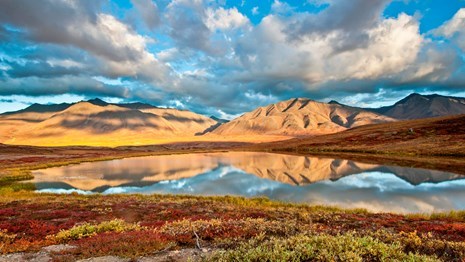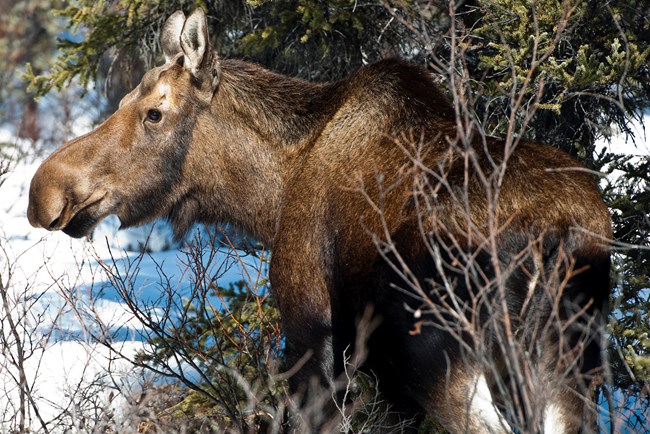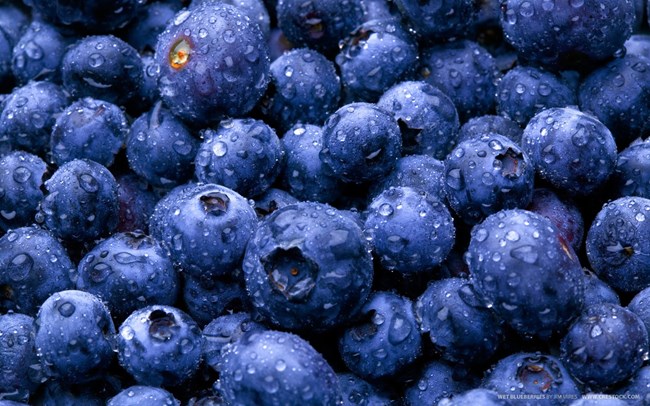
Customary and traditional uses of wild renewable resources include their consumption and uses as food, shelter, fuel, clothing, tools, or transportation, for the making and selling of handicrafts out of non-edible byproducts, and for barter, sharing, or customary trade. Subsistence harvests of natural resources tend to be greater than utilization of store-bought goods.
The Subsistence Division of the Alaska Department of Fish and Game produces community harvest reports and other research on subsistence, available in the ADFG Technical Papers Database.
Fish
Critical to subsistence users are five species of Pacific salmon, various species of whitefish, including Sheefish, and trout, char, Arctic Grayling, Eulachon (hooligan), and coastal marine fishes. Depending on the park area in Alaska, salmon tend to be an important food source. Whitefish and Arctic char are most important in areas where salmon are less common.
Fish
Critical to subsistence users are five species of Pacific salmon, various species of whitefish, including Sheefish, and trout, char, Arctic Grayling, Eulachon (hooligan), and coastal marine fishes. Depending on the park area in Alaska, salmon tend to be an important food source. Whitefish and Arctic char are most important in areas where salmon are less common.
Find information about Federal Subsistence Board area maps for fish in Alaska.
Find information about the National Park Service fish management and conservation programs.
Find information about the National Park Service fish management and conservation programs.

Mammals are very important in most areas, especially caribou and moose. Other mammals important to subsistence users include Dall sheep, mountain goat, muskox, deer, black bear, brown bear, wolves, wolverine, fox, lynx, otter, marten, beaver, and other small animals. Waterfowl such as ducks, geese, and cranes provide important subsistence resources in spring or fall. The table below shows important subsistence big game species by park area.
Table 1. Distribution of wildlife by NPS units in Alaska
| Park | Moose | Caribou | Deer | Dall Sheep | Mtn Goat | Musk Ox | Wolverine | Brown Bear | Black Bear | Wolf | |
|---|---|---|---|---|---|---|---|---|---|---|---|
| Alagnak | yes | yes | no | no | no | no | yes | yes | no | yes | |
| Aniakchak | yes | yes | no | no | no | no | yes | yes | no | yes | |
| Bering Land Bridge | yes | yes | no | no | no | yes | yes | yes | no | yes | |
| Cape Krusenstern | yes | yes | no | yes | no | yes | yes | yes | yes | yes | |
| Denali | yes | yes | no | yes | yes | no | yes | yes | yes | yes | |
| Gates of the Arctic | yes | yes | no | yes | no | yes | yes | yes | yes | yes | |
| Glacier Bay | yes | no | yes | no | yes | no | yes | yes | yes | yes | |
| Katmai | yes | yes | no | no | no | no | yes | yes | no | yes | |
| Kobuk Valley | yes | yes | no | yes | no | yes | yes | yes | yes | yes | |
| Lake Clark | yes | yes | no | yes | no | no | yes | yes | yes | yes | |
| Noatak | yes | yes | no | yes | no | yes | yes | yes | yes | yes | |
| Wrangell-St. Elias | yes | yes | yes | yes | yes | no | yes | yes | yes | yes | |
| Yukon-Charley | yes | yes | no | yes | no | yes | yes | yes | yes | yes |

A wide variety of plants are gathered and used for subsistence, including berries, greens, tubers, roots, grasses, lichens, tree bark and wood. Wild blueberries, cranberries, salmon berries and many other wild berries are highly prized by subsistence gatherers. Grasses, tree bark, and tree roots are often used for basket making. Bark is also used for carvings. Tree wood is used for heating fuel, shelter, boats, sleds, furniture, and parts of tools or weapons. Ethnographic and ethnobotany studies describe plant materials used by local area residents.
The ADFG Subsistence technical papers describe some of the plant uses and amounts harvested.
Environmental Factors
Weather and Climate
Climate change can impact availability of subsistence resources. Changes can affect access to resources, their quantity and seasonal distributions. For example, increased changes in fall freeze-up or spring break-up can affect hunters’ access to resources. Less snow buildup and thinner ice due to warmer winter temperatures can make both hunting and fishing access difficult and create increased travel risks. More climate related wildfire impacts (downed trees) as well as greater shrub growth near ponds and waterways can slow hunter access to trail networks. Changes in either abundance or migration patterns of fish and game due to greater differences in climate can also affect subsistence harvest success.
Environmental Factors
Weather and Climate
Climate change can impact availability of subsistence resources. Changes can affect access to resources, their quantity and seasonal distributions. For example, increased changes in fall freeze-up or spring break-up can affect hunters’ access to resources. Less snow buildup and thinner ice due to warmer winter temperatures can make both hunting and fishing access difficult and create increased travel risks. More climate related wildfire impacts (downed trees) as well as greater shrub growth near ponds and waterways can slow hunter access to trail networks. Changes in either abundance or migration patterns of fish and game due to greater differences in climate can also affect subsistence harvest success.
Wildland Fire and Air Quality
Wildland fires caused by lightning or humans can rapidly transform habitat used by animals and humans for food. Three of the four largest fire years in Alaska have occurred since 2004. Wildland fires also result in vegetation succession or regeneration of plants, which may or may not affect wildlife species important to subsistence users. Often moose reproduce well after fire, but caribou fare less well. At times forest fires can become so severe that subsistence users need to abandon home sites or fish camps due to poor air quality. The following link provides more information about wildland fire and air quality conditions in Alaska.
Last updated: August 9, 2021
